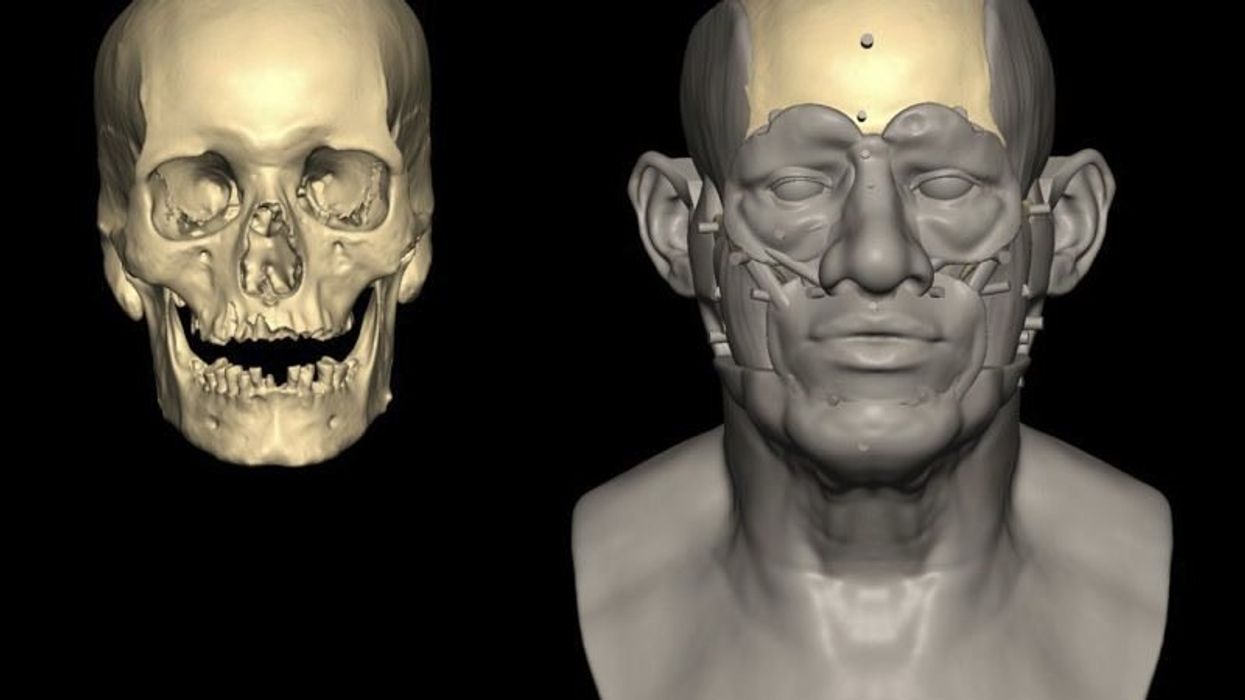Science & Tech
Liam O'Dell
Jul 13, 2025
Related video: Ancient DNA reveals genetic link between early Egypt and Mesopotamia
Africanews - Culture / VideoElephant
More than 37,000 years of infectious diseases in humans have been mapped by scientists, with academics pointing to one particular behaviour from our ancestors as playing a “key role” in their spread.
Involving researchers linked to British; Danish; Swedish; German; Italian, and Australian universities, the study saw them analyse DNA from more than 1,300 prehistoric humans dating back as far as 37,000 years ago, and recovered DNA relating to 214 known pathogens (so bacteria, viruses and parasites).
It led to the academics discovering the oldest genetic trace of the bacterium responsible for the plague - or Yersinia pestis, to use its Latin name - in a sample from 5,500 years ago.
They also found traces of leprosy from 1,400 years ago, malaria from 4,200 years ago, hepatitis B from 9,800 years ago, and diphtheria from 11,100 years ago.
Meanwhile, the earliest evidence of zoonotic diseases – that is, illnesses transmitted from animals to humans, like the present-day coronavirus – dates back to around 6,500 years ago, before they became more widespread 5,000 years ago.
What was likely to blame for that? Farming.
Study lead Professor Eske Willserslev, of the Universities of Cambridge and Copenhagen, said: “We’ve long suspected that the transition to farming and animal husbandry [cultivation of animals] opened the door to a new era of disease – now DNA shows us that it happened at least 6,500 years ago.
“These infections didn’t just cause illness – they may have contributed to population collapse, migration, and genetic adaptation.”
Crikey.
- YouTube www.youtube.com
Indeed, the zoonotic diseases became more widespread approximately 5,000 years ago, around the same time that a group of people migrated from what is today known as parts of Ukraine, southwest Russia and western Kazakhstan (the ‘Pontic Steppe’) to northwestern Europe.
Associate Professor Martin Sikora of the University of Copenhagen, who also worked on the study, said: “If we understand what happened in the past, it can help us prepare for the future. Many of the newly emerging infectious diseases are predicted to originate from animals.”
Willerslev added that successful mutations in the past are “likely to reappear”, with this knowledge being important for future vaccines.
“It allows us to test whether current vaccines provide sufficient coverage or whether new ones need to be developed due to mutations,” he said.
The study was published in the journal Nature on Wednesday.
Why not read…
- Screwworm flies to dropped from planes across US for this key reason
- Scientists discover 50 deep-sea species previously unknown to science
Sign up to our free Indy100 weekly newsletter
How to join the indy100's free WhatsApp channel
Have your say in our news democracy. Click the upvote icon at the top of the page to help raise this article through the indy100 rankings.
Top 100
The Conversation (0)














